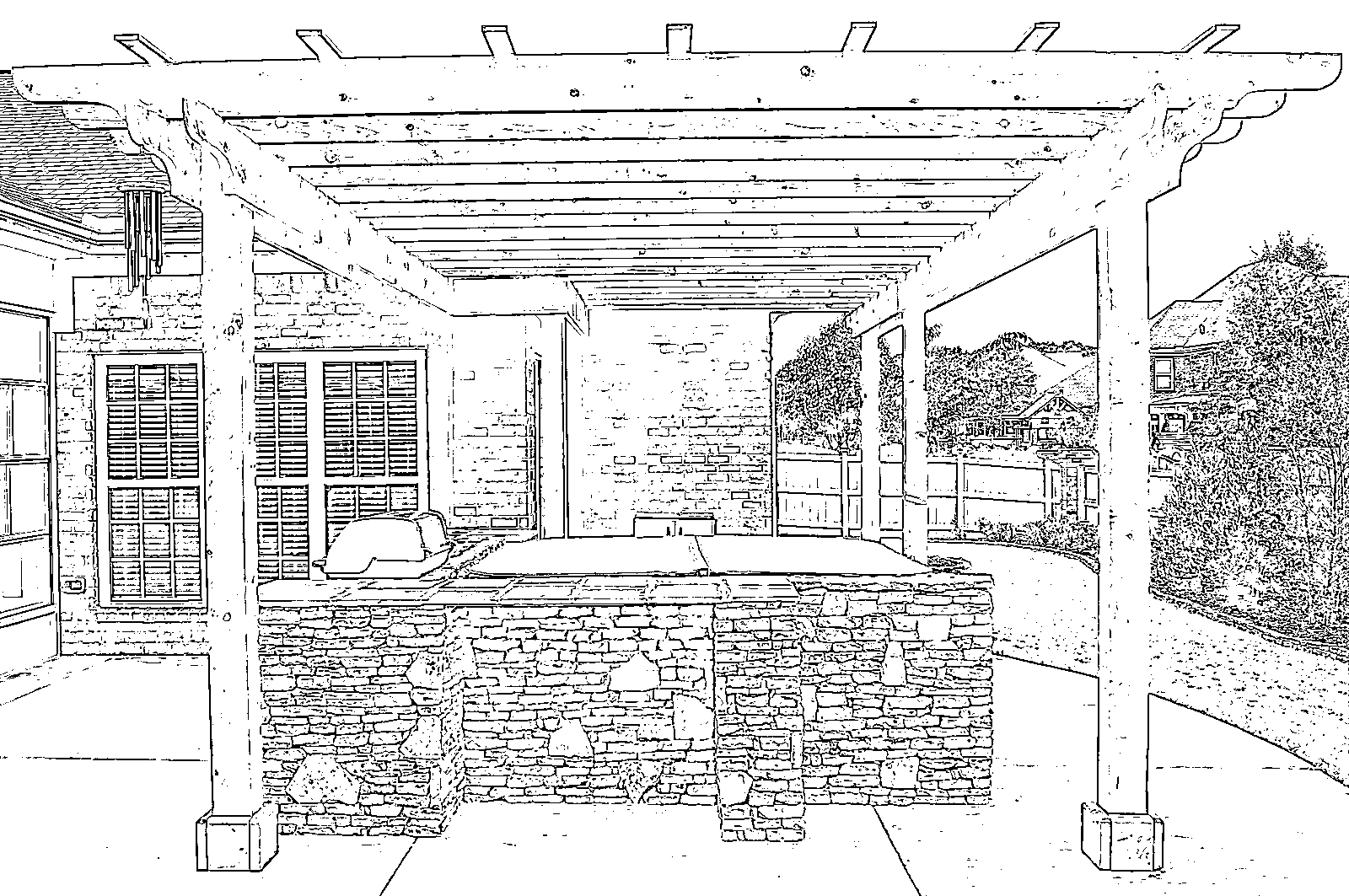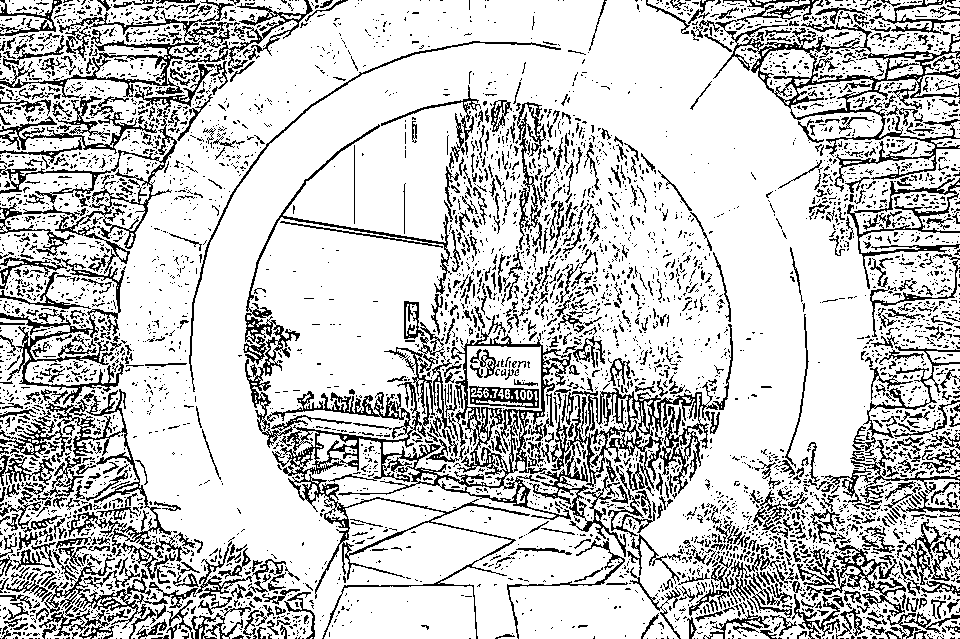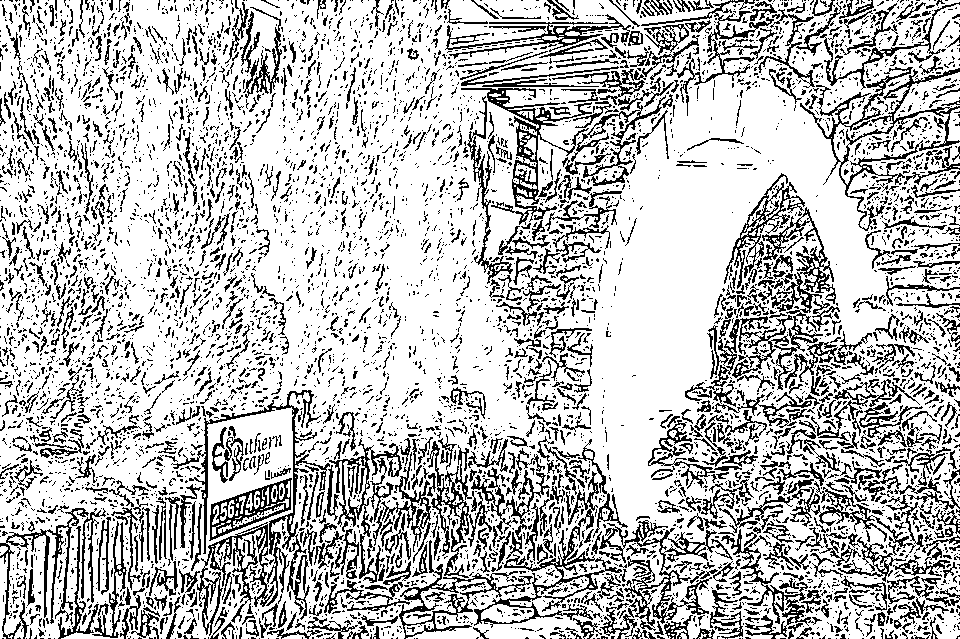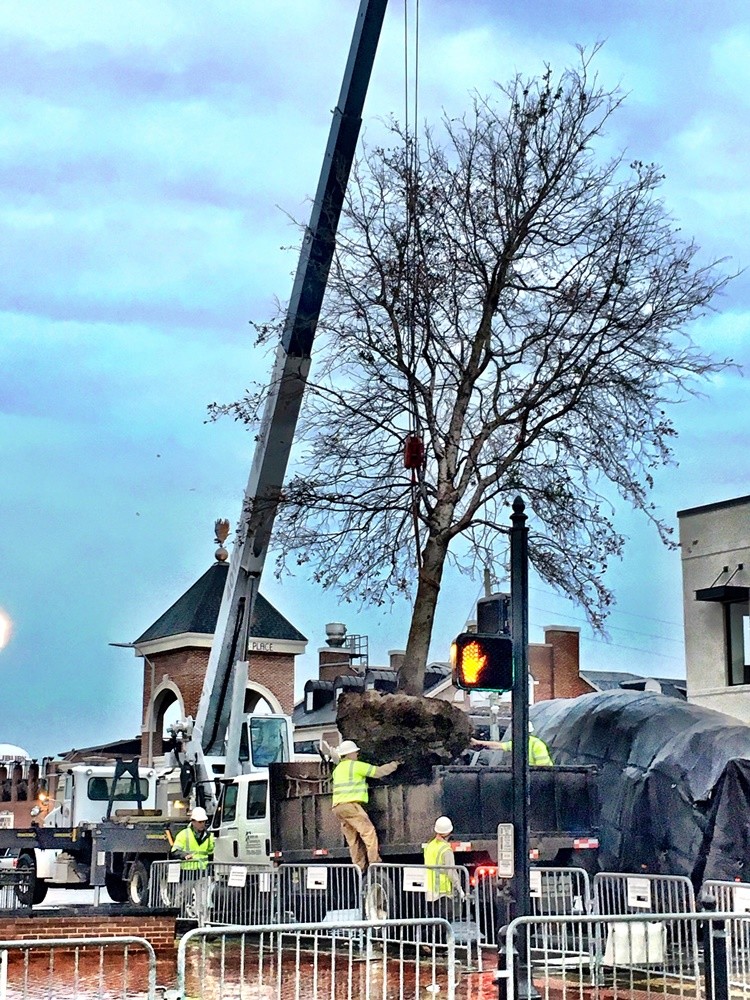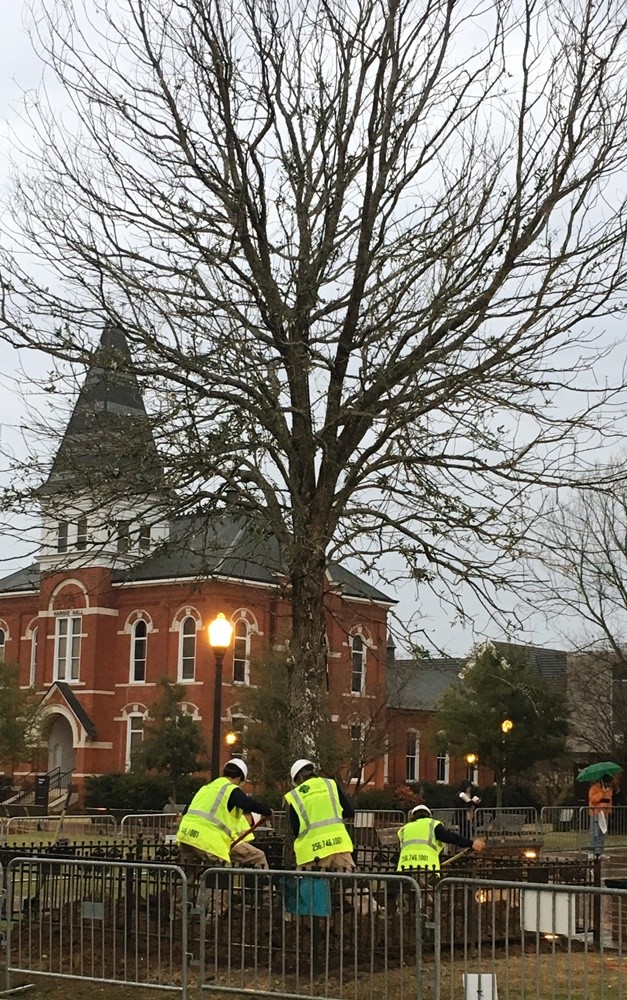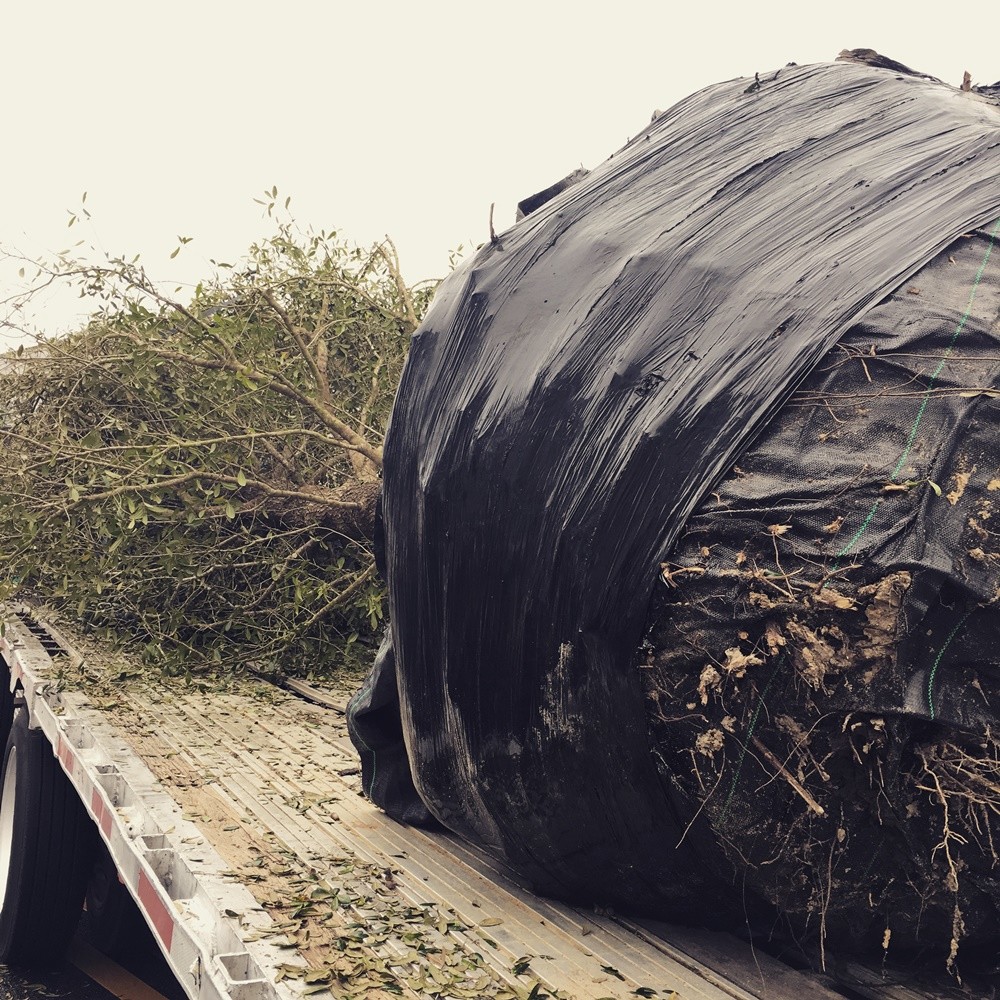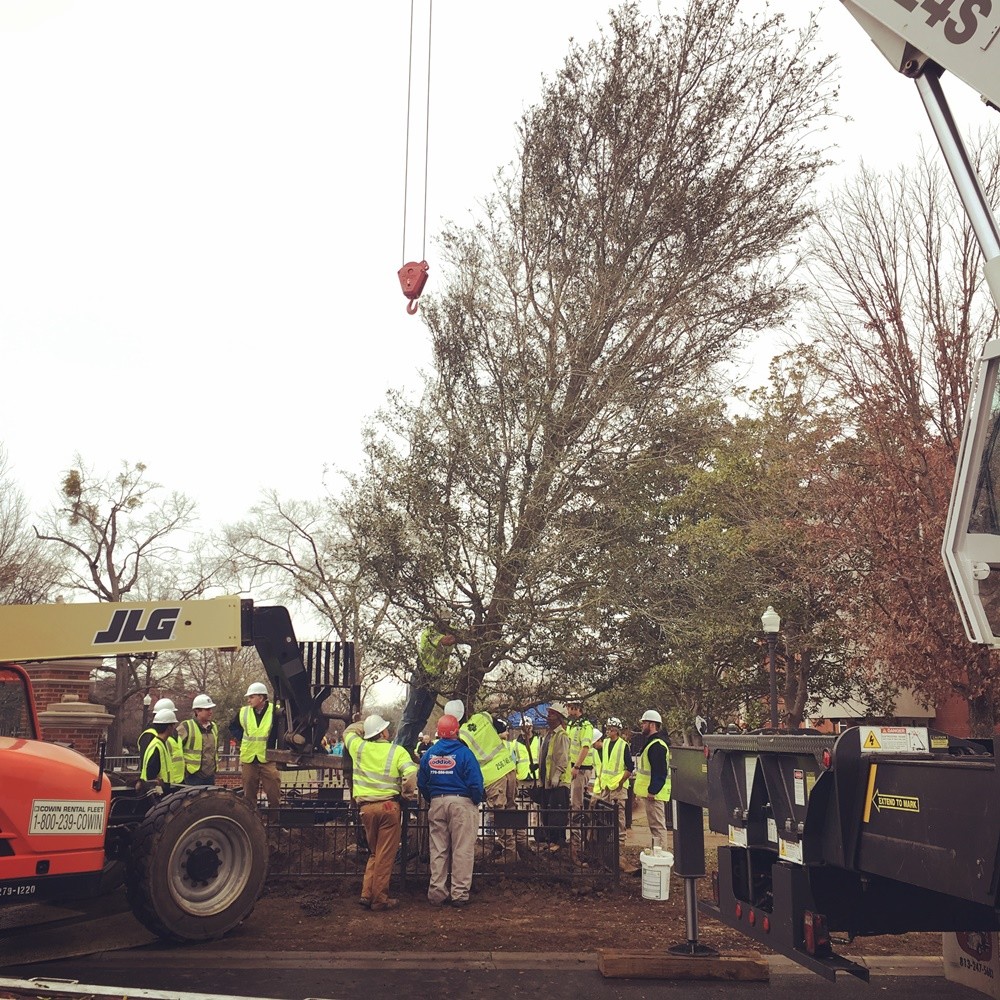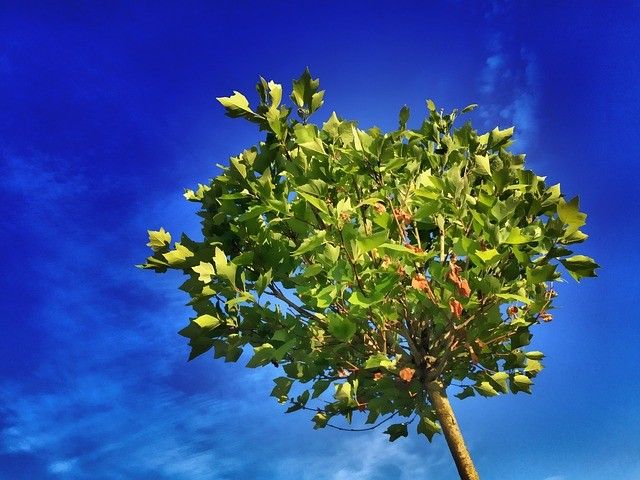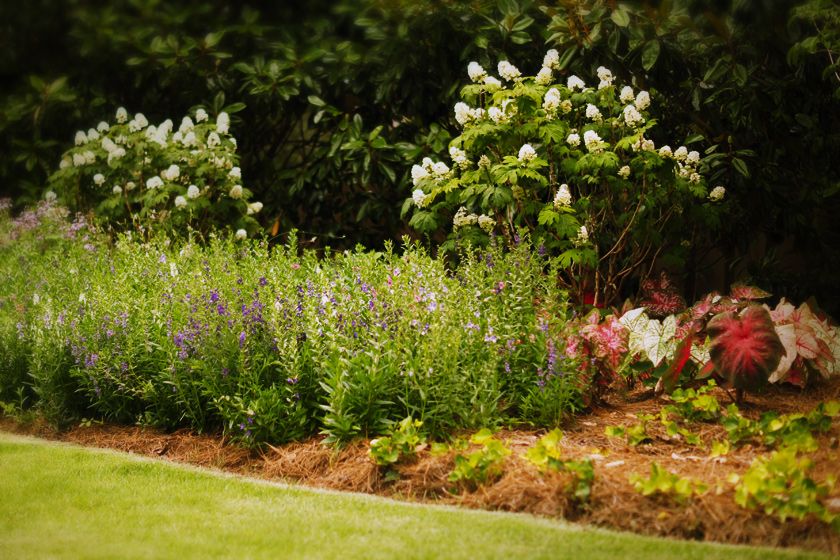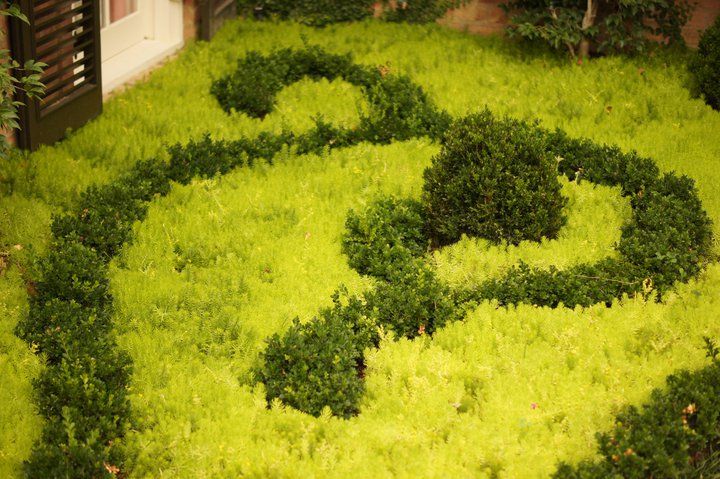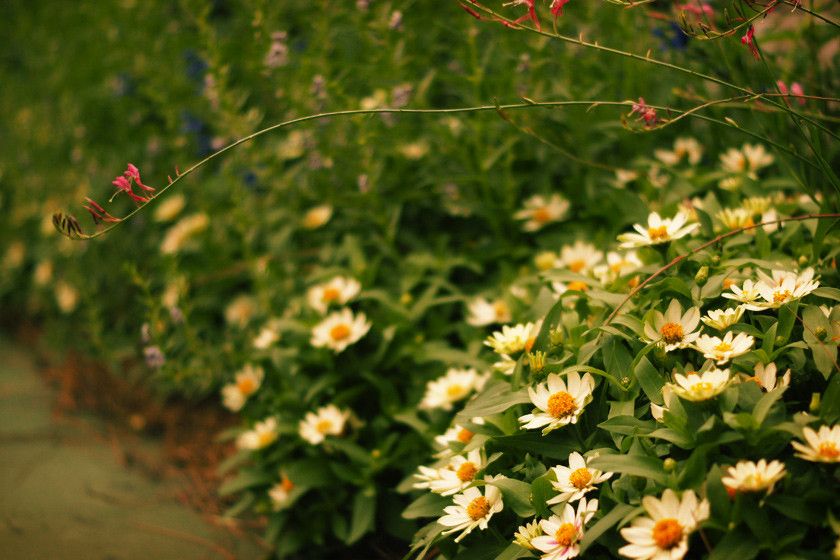A wonderful article from WHNT:
MADISON, Ala. – When the Auburn Oaks at Toomer’s Corner were replaced over the weekend, some love from the Tennessee Valley went into the ground with them.
Greg Shaw is a Madison city councilman, but his day job is running full-service landscaping company, Southern Scape. He and his wife went to Auburn as undergraduates. Recently, Auburn leaders gave them the chance to give back by asking them to be part of the team that transplanted new twin oaks at Toomer’s Corner.
“When they finally said, ‘Yeah, let’s do this,’ I couldn’t believe it,” he told WHNT News 19. “It was like a dream.”
Shaw’s Southern Scape team, which included other Auburn grads too, worked with Twelve Oaks Landscaping out of Georgia to remove the two trees at the corner and transplant the two new live oaks. He said it was fun to see it come together and see the spectators watching them work. But above all, it was about bringing new life to the corner.
“We really didn’t want to focus on the negativity of the trees that were declining,” he explained. “It was more of a happy time to get the good, green trees back and just change the whole corner.”
This experience means a lot to Shaw because of his own roots at the school.
“I always knew I wanted to do this,” Shaw said of landscaping. “I just fell in love with Auburn. So I went down there and got a horticulture degree, and graduated in 1996.”
Auburn gave him his start in the industry. He remembers his time with the old oaks as a student. “They were such a staple part of the whole campus. We got to roll them a lot then, so it was a great experience,” he commented.
He hopes soon, when the trees are deemed well enough, others can carry on the tradition thanks in part to his company’s work Saturday.
“I think just knowing that we could be a part of something that hopefully will be there,” said Shaw, “that our kids and grandkids can say ‘Hey, my dad, my granddad, planted these trees. We get to roll them in the future.”
Shaw said they did the job at low-cost to the university. That’s something that he was happy to do.
“The university helped me achieve my goals, so to be able to give back to the university just meant a lot to me,” he explained.
Contact us today – we can bring your landscape and outdoor living designs to life!
~The Southern Scape team
